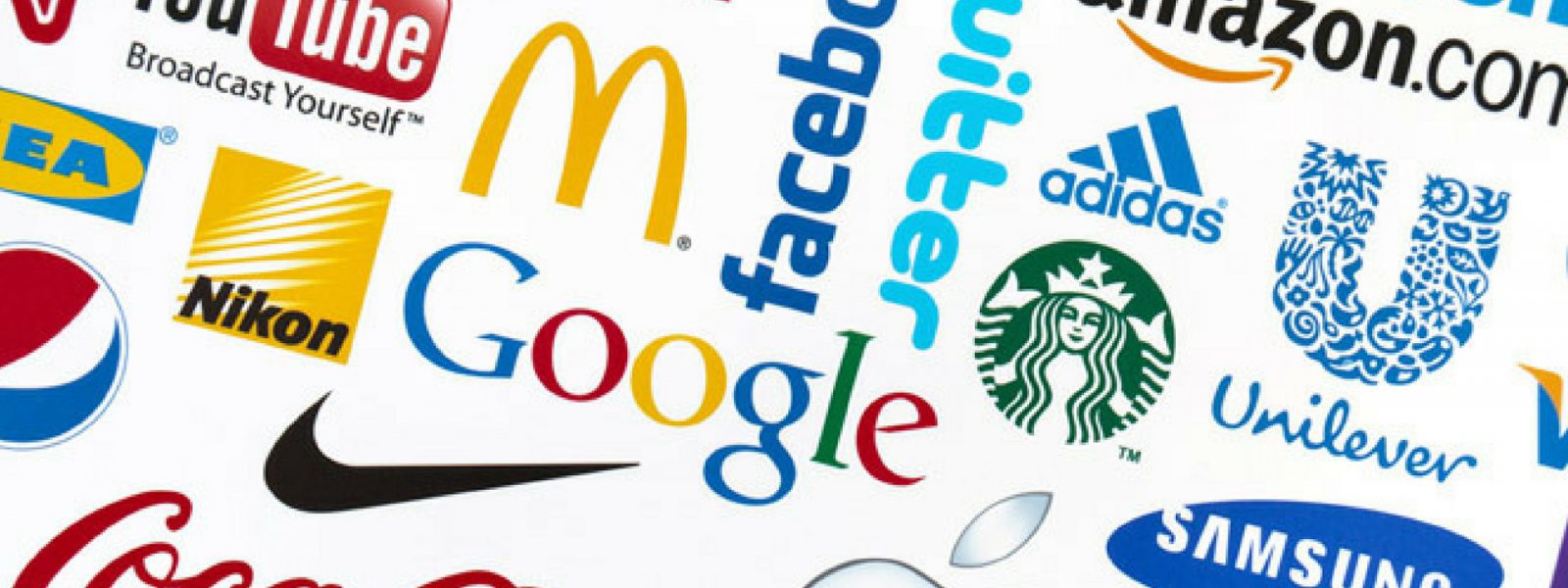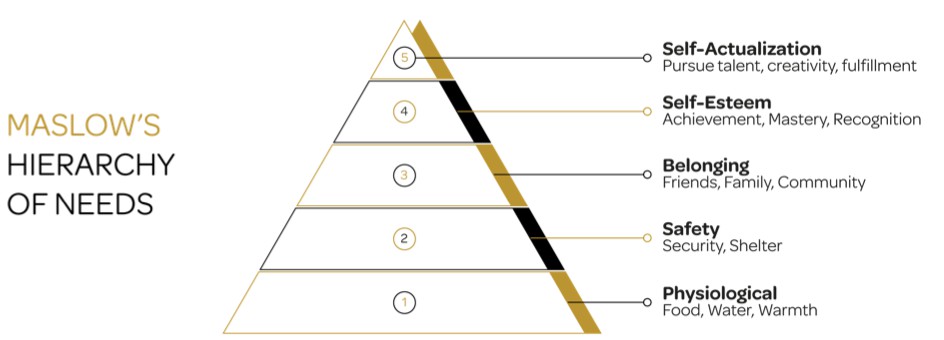How to use personal branding for a flying career start
on 6 January 2017 for GraduatesAs a young graduate, you may think personal branding is not really any of your concern. Think again. First of all, personal branding is rapidly becoming a necessity in a fast-changing job market, where you increasingly need to “sell yourself”.
There are, however, more benefits to personal branding. As we’ll discover in this article, developing a personal brand will make you much more satisfied as a professional and as a human being.
You will now find out how. We’re also giving you no less than 4 personal branding exercises to get you started!
First off, what is branding?
The concept of branding didn’t become popular until the 20th century. There is more to branding that just a logo. David Ogilvy, a marketing pioneer from the Mad Men era, described a brand as, “the intangible sum of a product’s attributes.”
In other words, a brand is what jumps into people’s minds when they hear the company name.
Look at these logos. What properties jump into your mind?
Brand Logos
- Apple is about smooth experiences and enabling creativity.
- Nike is associated with persistence and winning.
- Volvo evokes quality and safety.
- Tesla is about being a frontrunner and changing an entire industry.
- Disney stands for touching stories with a happy-ever-after ending.
And what is personal branding?
A personal brand, then, is what people think of when they hear your name.
There are two components to a personal brand:Your talents, or the things you are good at.Your values, or the things you think are important.
Here’s your recipe for a personal brand: discover your talents and values, strengthen them, and make them visible to employers.
Why personal branding is important
Consumer brands became necessary because the market became more crowded and complex. A product needed to stand out, and a brand was the solution.
Today, the job market is becoming more complex as well:Globalisation and digitalisation are changing the way we work.Job security is now a myth.Some jobs are becoming obsolete and are being replaced by new ones.Companies need less generalists and more specialists.
Now you’re thinking, “But I’m a talented IT graduate. I’m in demand. I won’t need to sell myself!” And you would be right.
However there’s another specific reason for you to start with personal branding. This process assists with finding the ideal match between yourself and an employer.
As you’re in demand, you are in the luxurious position of being able to be picky, and you should be. Not every employer or position will be the best choice when it comes to your personal and professional development.
To illustrate this point: the 20th century psychologist Maslow developed the famous hierarchy of human needs (see below). There are 5 “levels” of needs, and the needs in the lowest levels need to be fulfilled to move on to the upper ones.
The jobs of most people take them to level 3 (Belonging) and sometimes level 4 (Self-Esteem):
So where does a personal brand fit in? Well, knowing what your talents and values are, is the only way to fulfil the highest need in the hierarchy, Self-Actualization.The condition, however, is that you must find a good match between you and your employer and position, which happens through… personal branding.
The E = MC2 of personal branding
Katrin Van de Water is the founder of Passion for Work and one of the accomplished trainers in our Future Leaders Academy. She crafted an alternative version of a classic formula to boil down the benefits of personal branding:
- E= energy, enthusiasm, engagement, empowerment
- M = motivation, missionLiving your personal valuesUse them as your drivers
- C = competencesMaximize your potential by using your favourite talents and by developing the skills to support your ambitions
Now, let’s look at a few exercises to help you create your own personal brand. You can do these individually, but you might get more results if you do them with a friend or family member.
Exercise 1: describe your 3 best moments
We’ll start with describing your 3 “highlights” at university: times when you performed optimally and also enjoyed what you did.
Take a moment to identify your 3 best moments. Then, take moment 1 and answer the questions below. Do the same for moment 2 and 3.
Why did you choose this moment? Write down all the reasons that you can think of.Of the skills and talents you used in this moment, which were your favourite?How did you feel during the event?
Have you answered these questions for all 3 best moments? Then answer this question: Which common threads do you see between these 3 moments?
Exercise 2: Your 2 success stories
Think of 2 success stories from university. For each story, answer the questions below:
Why did you pick this story? Write down all the reasons you can think of.Of the skills and talents you used in this success story, which were your favourite?How did you feel during these events?
Exercise 3: What are your core talents and values?
For this exercise, do the following:List all your skills, talents and values that you have discovered.Prioritise them: which ones do you find more essential than others?
Exercise 4: Mapping your talents and values with functions and companies
How did that go? Now, let’s try and map your freshly discovered talents and values with how the job market is structured.
Take a moment to answer the following questions. Be as specific as possible:
- What would be your absolute dream job? Now and/or in the future?What would you like to do all day, all week?
- What are you looking forward to professionally?
- What scares you?
- What do you want to avoid at all costs?
- What else is important to you in a job besides interesting job content? Work-life balance: important? Or career before everything else?How long do you want to travel from home to the office?
- What do you expect from your employer? From your manager?What kind of company are you looking for? Large, medium, small? Niche player or generalist? Start-up or corporate? International or local player? Travel? How much?What kind of company culture do you expect? Formal? Open?
Need some inspiration? This is how we divide jobs and domains in ICT:
Next, and where to go from here?
Did you complete all of the exercises? Congratulations! You have now taken the first step towards creating your very own personal brand!Or maybe you got stuck along the way. In that case, involve a friend or family member who knows you well for a fresh perspective.
Of course you won’t create a personal brand overnight. I recommend that once you have done the exercises, you let your answers simmer for a day or two.
Then, look at your answers with fresh eyes and try to spot patterns. Which elements jump out?Maybe you’ll want to change or reword some of your answers.
Once you feel comfortable with the “raw data” of your personal brand, start writing your narrative or story. This is how you would explain your talents, values and preferences in an email.
A tip: this is another excellent opportunity to get the perspective of someone close to you. We all have our blind spots :)Is your story ready?
Great! Then the next logical steps are to update your CV and your LinkedIn profile to reflect it. Need help? Try our articles on writing good CVs and optimising your LinkedIn profile. Good luck
Tags: career , job hunt , personal branding





